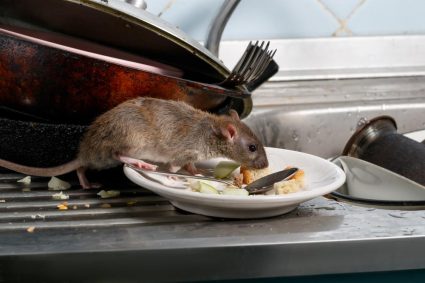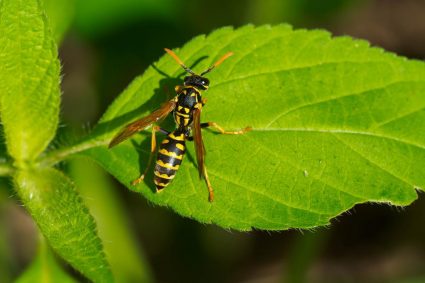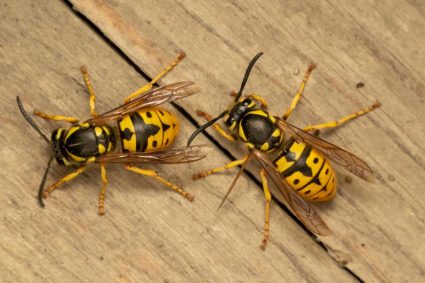
It’s a common fear – finding a snake in your garage. Not only can it be a startling discovery, but it can also pose a potential danger to you and your family. This comprehensive guide will provide you with all the information you need to keep snakes out of your garage effectively.
To keep snakes out of your garage, you should seal up any holes, clean up debris, keep your garage door closed, install weatherstripping, eliminate food sources, use snake repellents, encourage snake predators, declutter the garage, install garage door seals, and remove sources of water. If you find a snake in your garage and are uncomfortable handling it, contact a professional wildlife removal service.
Why Do Snakes Enter Garages?
Snakes are attracted to garages for various reasons. They are cold-blooded creatures and often seek environments that offer relief from extreme temperatures. Garages can provide a stable temperature, safe and secluded spaces for them to hide and rest, and abundant food sources such as rodents and insects. Sometimes, snakes may end up in garages simply by accident, entering through open doors, cracks in the foundation, or open windows.
Identifying Snakes in Your Garage
Before you can take steps to keep snakes out of your garage, it’s important to know if they’re already there. Some signs of snake presence include shed snake skin, snake droppings, a unique musky smell, holes and cracks in your garage, slither tracks, and of course, physical sightings.
Types of Snakes That Inhabit Garages
The most common types of snakes that tend to inhabit garages include Eastern Milk Snakes, Corn Snakes, and Black Rat Snakes. These snakes are generally harmless and can even be beneficial by helping to control rodent populations. However, it’s important to be aware of any venomous species in your area and take appropriate precautions.
Steps to Keep Snakes Out of Your Garage
If you’ve identified signs of snakes in your garage or simply want to prevent any potential snake invasions, here are some effective steps you can take:
- Seal up holes: Replace worn-out weather seals on your garage door and fill in any holes in the walls.
- Clean up debris: Remove clutter and debris from your garage, as they can provide hiding spots for snakes.
- Close the garage door: Keep your garage door closed, especially at night, to prevent snakes from entering.
- Install weatherstripping: Use weatherstripping on the bottom of your garage door to seal any gaps.
- Eliminate food sources: Remove rodents and other sources of food that may attract snakes.
- Use snake repellents: Apply snake repellent products, such as sprays or granules, around the perimeter of your garage.
- Encourage snake predators: Attract natural snake predators, like birds of prey, to your property.
- Declutter the garage: Organize your garage and store items off the ground to reduce hiding spots for snakes.
- Install garage door seals: Use products like Cleverseal garage door seals to prevent snakes from entering.
- Remove sources of water: Eliminate any water sources around the garage, such as pet water bowls or leaking taps, that may attract snakes.
Snake Repellents and Deterrents
There are several snake repellents and deterrents available on the market. Some natural repellents include West Indian Lemongrass, Garlic Spray, and Mother in Law’s Tongue. Essential oils like clove and cinnamon oil can also be effective. Commercial snake repellent products like Ortho Snake B Gon Granules, Safer Brand Snake Shield, and Nature’s Mace Snake Repellent can also be used.
When to Contact a Professional
If you’ve discovered a snake in your garage and are unsure of its species or don’t feel comfortable handling it, it’s time to call a professional. Companies like HH Wildlife Removal, All City Animal Trapping, and Critter Control have the necessary expertise and equipment to safely remove the snake from your garage.
By following these steps and advice, you can ensure your garage remains snake-free, providing a safe environment for you and your family.
Frequently Asked Questions
What time of the year are snakes most active?
Snakes are most active in warmer months, typically between March and October. However, this can vary depending on the specific climate and region.
Are all snake repellents safe to use around pets and children?
Not all snake repellents are safe for pets and children. It’s important to read the product label and warnings before use. Natural repellents like West Indian Lemongrass, Garlic Spray, and essential oils are generally safer options.
Can I use mothballs as a snake repellent?
While it’s a common myth, mothballs are not effective as a snake repellent. They contain chemicals that can be harmful to humans, pets, and the environment.
How can I identify a venomous snake?
Identifying a venomous snake can be challenging and depends on the species. Some general signs can include a triangular or diamond-shaped head, elliptical pupils, and heat-sensing pits between the eyes and nostrils. However, it’s best to contact a professional if you’re unsure.
Can I remove a snake from my garage by myself?
It’s not recommended to remove a snake by yourself, especially if you’re unsure of its species. It’s safer to contact a professional wildlife removal service to handle the situation.











